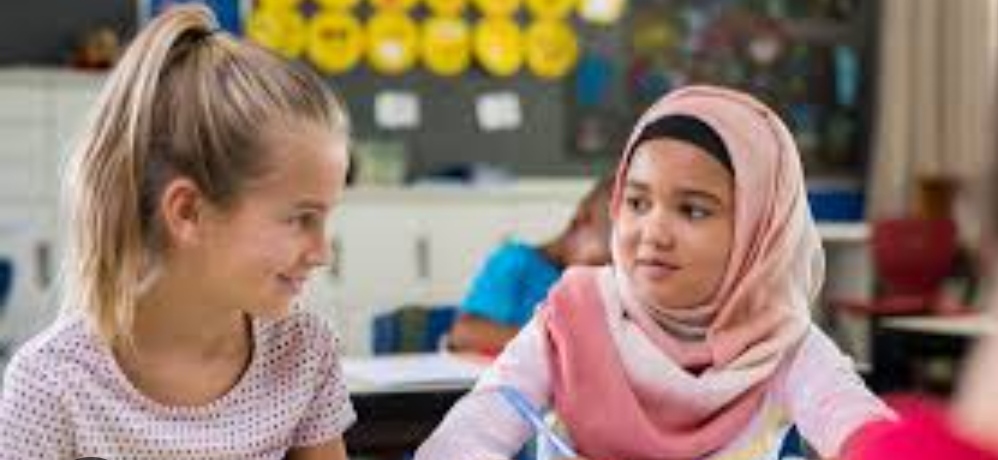Culturally responsive teaching is an educational approach that recognizes the importance of embracing diversity in the classroom. It acknowledges that students come from various cultural backgrounds, each with its unique values, beliefs, and experiences. This approach aims to create an inclusive and equitable learning environment where every student feels valued and can succeed.
At the heart of culturally responsive teaching is the idea that education should reflect and respect the cultural diversity of the student body. Educators who practice this approach seek to understand their students’ backgrounds and experiences, valuing and integrating these perspectives into their teaching methods. Here are some key principles of culturally responsive teaching:
Inclusive Curriculum: Teachers adapt their curriculum to include a variety of cultural perspectives. This means incorporating diverse authors, historical events, and cultural references into the lesson plans.
Cultural Awareness: Educators should be aware of their own biases and seek to understand their students’ cultural backgrounds. This understanding helps build meaningful connections with students.
Respect for Differences: Encouraging an open and respectful dialogue about cultural differences is crucial. Students should feel comfortable discussing their cultural identities and experiences.
High Expectations for All: Culturally responsive teaching does not lower academic standards. Instead, it maintains high expectations for all students while providing the necessary support to help them meet these standards.
Community Engagement: Building partnerships with families and the broader community is important. This helps bridge the gap between the school and the students’ cultural contexts.
Personalization: Recognizing that each student is unique, culturally responsive teachers adapt their teaching methods to meet individual needs and learning styles.
Ultimately, culturally responsive teaching is a holistic approach that goes beyond celebrating diversity for the sake of it. It is about creating an environment where every student can thrive academically, socially, and emotionally. By embracing diversity in the classroom, educators empower students to be active learners, critical thinkers, and responsible citizens who appreciate and contribute to a more inclusive society




